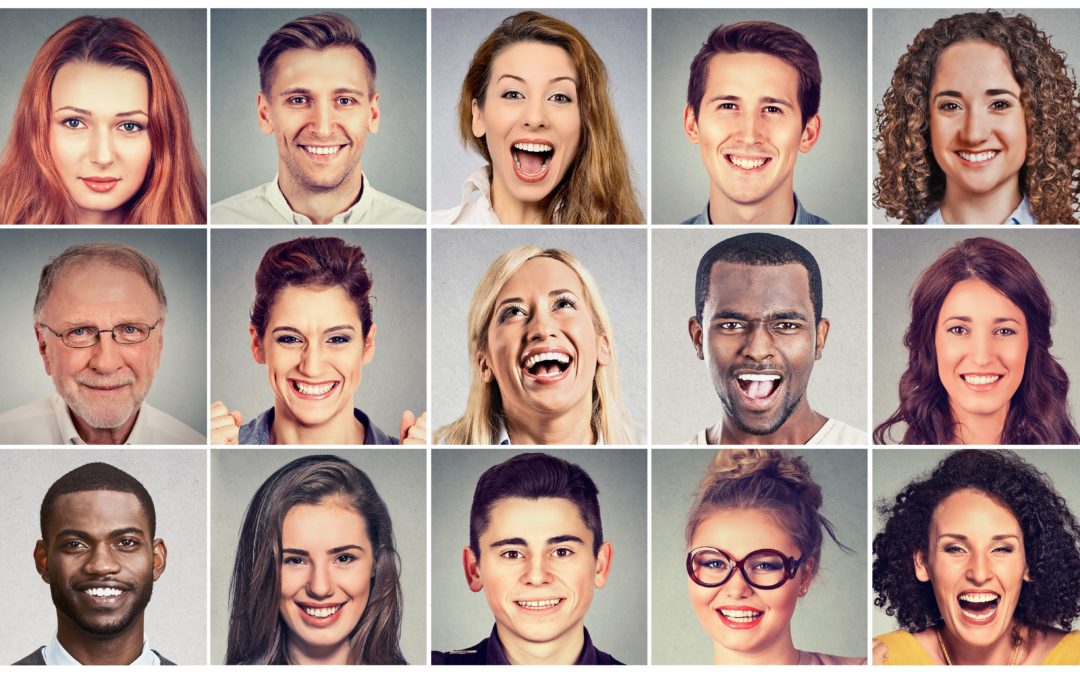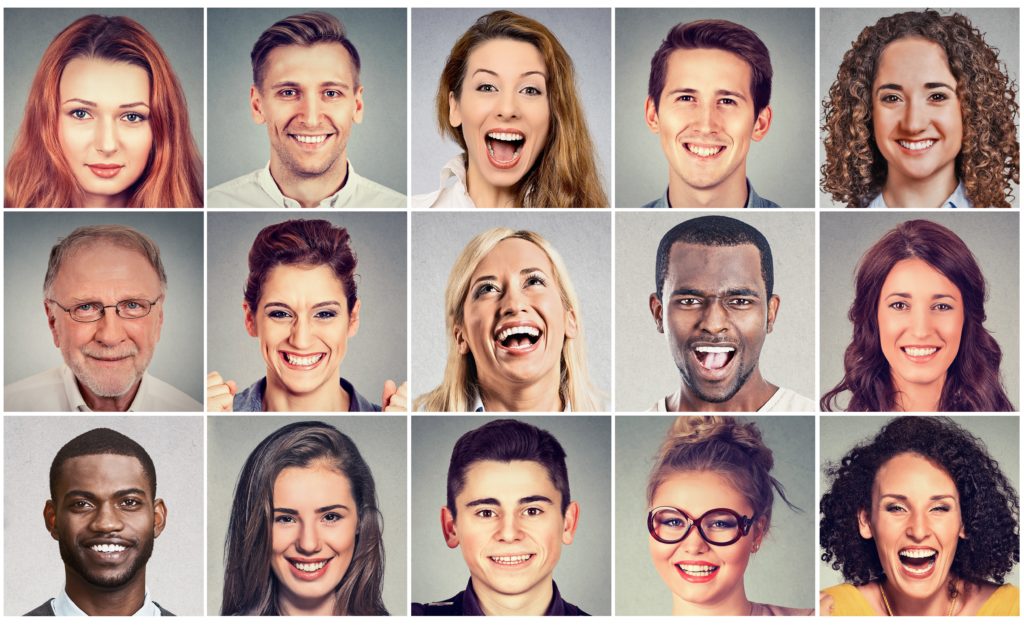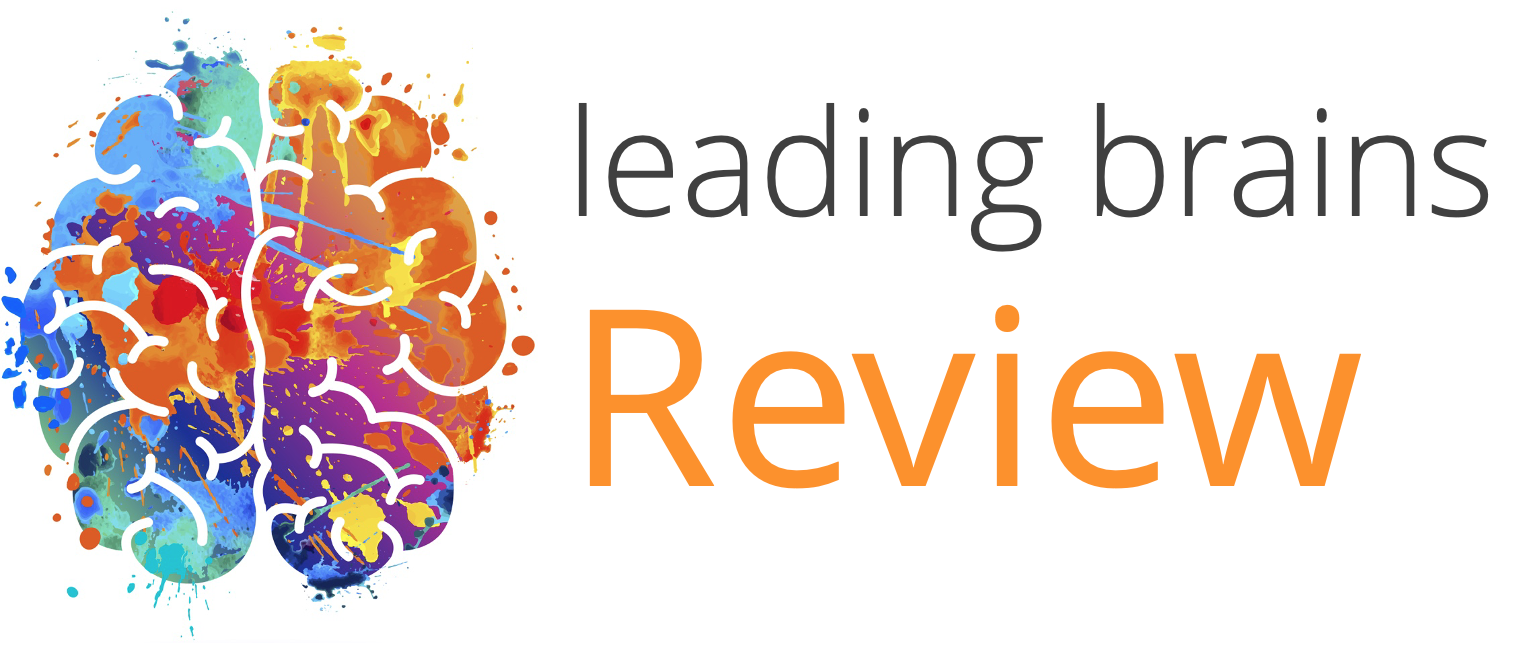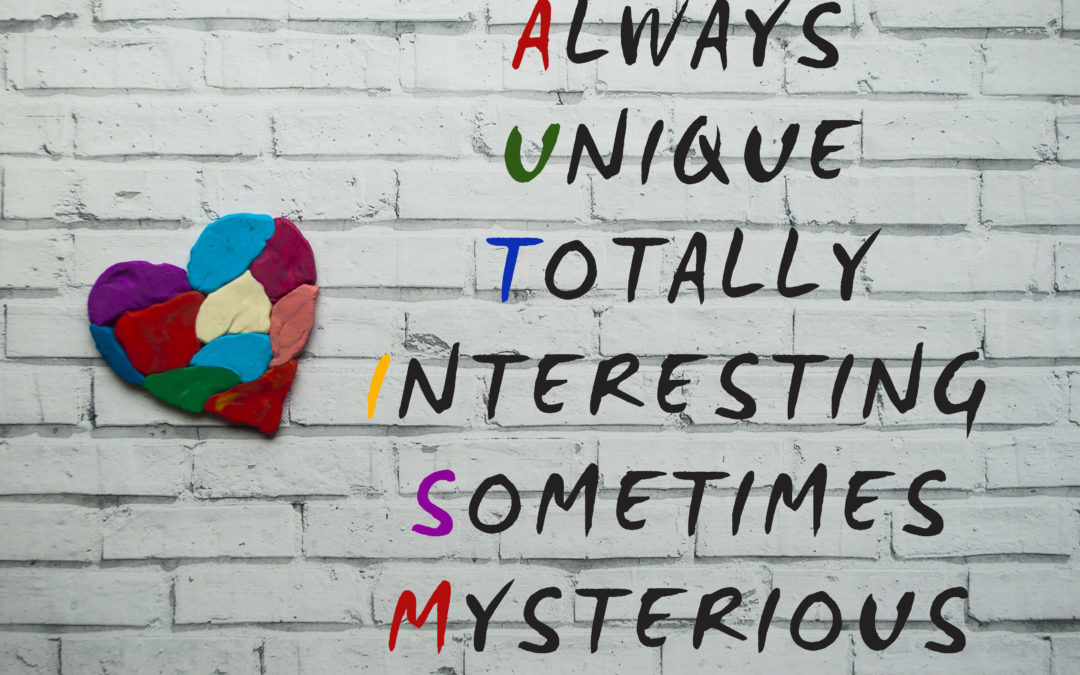Educational opportunities have changed dramatically for children over the last century – schools have changed, and college and university admissions have grown. Or so we might think at least. But according to a study out of the University of York, that is not the...

The Newly Discovered Bias That Makes Us Think We Are More Diverse Than We Are

A few weeks ago I reported on some newly discovered ways we are biased namely that we consider generic terms such as “people” as equivalent to “men” rather than men and women. This was specifically focused on gender bias but this latest piece recently published shows us that we overestimate diversity in many contexts.
Why is this important? It is important because if we overestimate diversity, we don’t think we have a problem, or we think various population groups are represented when they are not. It will also impede any motivation to make a change or engage in action to readdress the imbalance.
So what did this latest research actually show?
Rasha Kardosh and colleagues of the Hebrew University of Jerusalem conducted 12 experiments with 942 participants in the U.S. and Israel. And the consistent results were that participants massively overestimate minority groups.
For example, you probably quickly glanced over the picture at the top of this article and would say that black faces were represented, and if you were asked how many, you may say something like: “Around 30%”. Incorrect. There are only two black faces which is just over 13%.
Why does this happen?
The title of the paper gives us clues as to why this is the case:
“Minority salience and the overestimation of individuals from minority groups in perception and memory.”
As they note, minorities are “salient”. What that means is they are noticeable, precisely because they are the minority. Our brain is programmed to spot anomalies and so focuses more on differences rather than what is the same. This means spotting a minority group increases the weight, mostly unconsciously, in our brain, and we overestimate quantities. This leads us to think that the contexts we are in are more diverse than they are.
For example, Rasha Kardosh reports that Jewish Israeli students at their university estimate the proportion of Palestinian Israeli students at 31%. In reality this figure is closer to 9%. Their overestimation was over three times higher. Of interest is that this overestimation also occurred with the Palestinian Israeli students themselves to the same degree!
Another experiment in U.S. showed participants grids of faces, like the picture at the top of this article, and after presenting 100 faces asked participants to estimate the number of black and white faces. The proportion of black faces was 25%. What did the participants estimate the proportion was?
They estimated close to 45% — almost equality. Again, interestingly, this estimation was almost identical with white and black participants.
Just as interesting is that when the proportion was upped to 45%, just a slight minority, black and white participants then estimated the proportion as closer to 60%, a noticeable majority. Which also explains why some proportions of the population see minorities as “taking over”, even when this is not even close to being true!
Lowering engagement
The more concerning feature of this minority salience is that this does actually lower potential engagement. They conducted one experiment in which they either showed grids of faces with only 5% black faces, or, in contrast, just presented a description that only 5% of students were black at this university. They then asked if they would be willing to support a diversity initiative. The result?
Willingness to support a diversity initiative dropped in those that had seen the grids of faces rather than just the description. Although the good news is that support was high, at over 70%, and the drop in support was low, less than 5%. But this population group would likely to be more supportive anyhow— young students. This could be very different in different population groups.
What now?
This highlights an important way we are biased and overestimate minorities — this can be problematic in many ways: fear in society, lack of support for initiatives, dismissing diversity initiatives as unnecessary, and so on and so forth.
The good news is that we do know that focusing on the statistics and hard figures themselves is more effective. And so we should always be conscious to work with the figures and communicate these as often as possible rather than relying on these intuitive judgements.

Andy Habermacher
Andy is author of leading brains Review, Neuroleadership, and multiple other books. He has been intensively involved in writing and research into neuroleadership and is considered one of Europe’s leading experts. He is also a well-known public speaker speaking on the brain and human behaviour.
Andy is also a masters athlete (middle distance running) and competes regularly at international competitions (and holds a few national records in his age category).
Reference
Rasha Kardosh , Asael Y. Sklar , Alon Goldstein, Yoni Pertzov , Ran R. Hassin
Minority salience and the overestimation of individuals from minority groups in perception and memory
PNAS Vol 119, No 12.
March 14, 2022
doi.org/10.1073/pnas.2116884119
More Quick Hits
No change for a century – children’s backgrounds still predict the same educational outcomes
Behaviour at eight helps predict midlife health behaviours
A long-term study in Finland has tracked children from the age of eight until the age of 50 and a new analysis of the data, just published, has looked at some of the correlations between socioemotional behaviour in childhood and later life achievement and health...
Psychedelics and consciousness
Psychedelics change our conscious experience of the world – that is part of their attraction. Now a new study out of John Hopkins Medicine has analysed data on attributions of consciousness to other animals and innate objects by those using psychedelics and how this...
Lower smartphone usage increases wellbeing
So much has been said about smartphone usage in modern times. This ranges from some who say that they are destroying our brain to others who see they benefit our cognition by outsourcing cognitive heavy tasks like remembering lists of phone numbers – thereby freeing...
Modesty preferred for cooperative teams
In an age where it appears that many people are vying for self-esteem especially through social media, this research is interesting. Particularly in business contexts where cooperation is king. Research has previously shown that appearing to be wealthy increases...
Poverty shrinks babies’ brains
Quick HitsDaily brief research updates from the cognitive sciences couple of studies have just been released which look at the brains of newborns and young babies. The results are worrying for any society. Brain scans of newborn babies from...
















